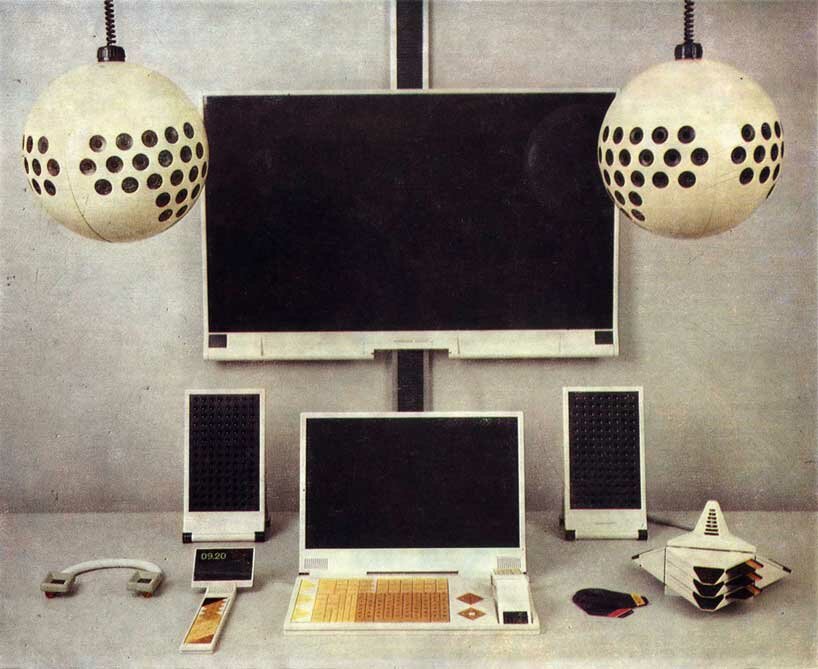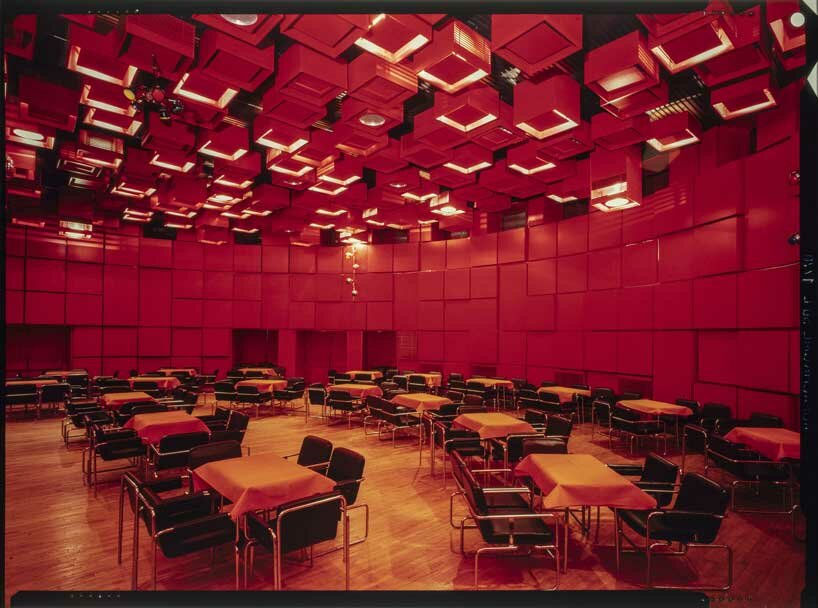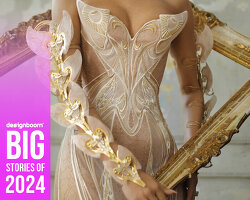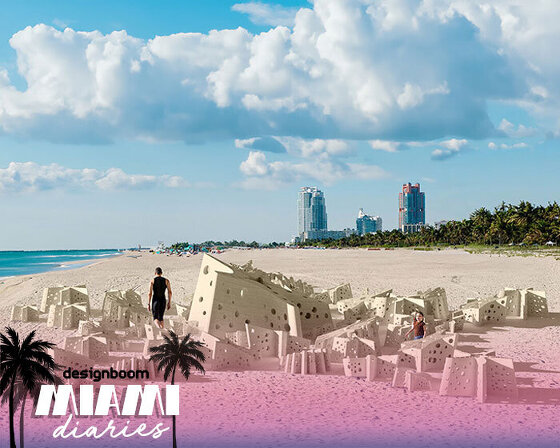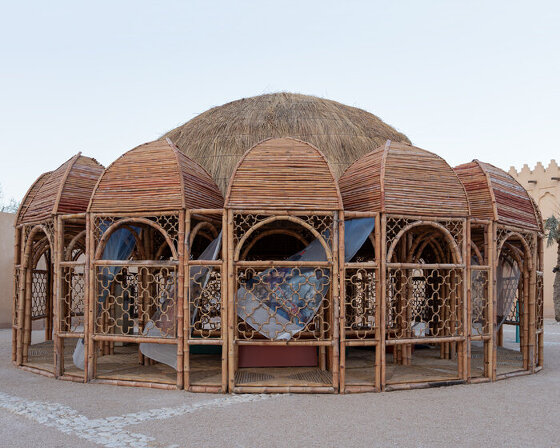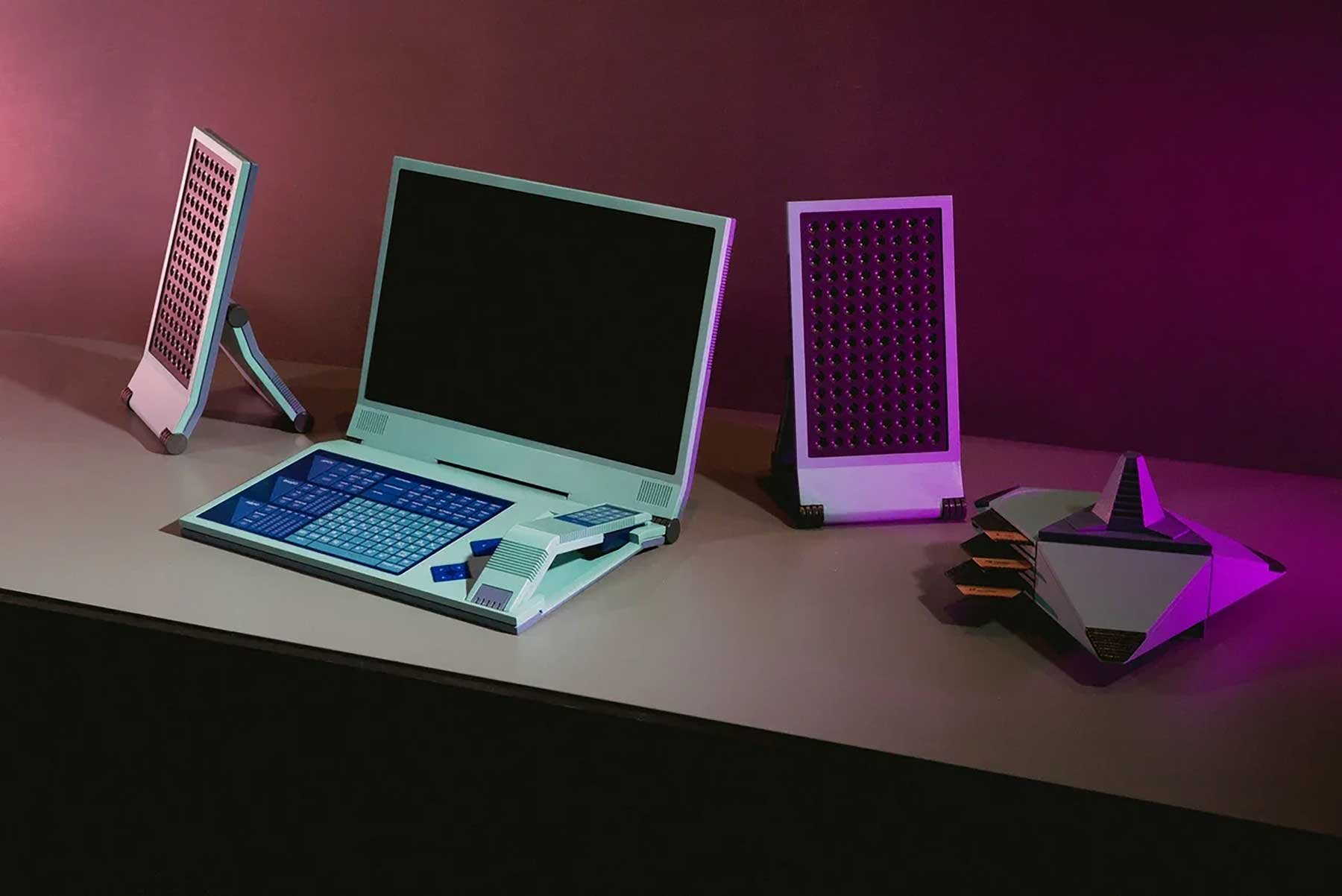
VNIITE Designteam: Dmitrij Azrikan, Igor Lysenko, Marina Micheewa, Alexej Kolotuschkin,
Maria Kolotuschkina, Elena Ruzowa, SPHINX – ‘Superfunktionale Informations- und
Kommunikationseinheit’, 3D-Druck, Verbundwerkstoffe, Acrylmalerei, Tinte, Foliendruck,
Sowjetunion, 1986–87, Modell in Originalgröße, Rekonstruktion von Igor Lysenko, Marina
Micheewa, Sergej Petrow, Alyona Sokolnikowa, Pawel Menyailow, Yurij Naumkin, Dmitrij
Protopopow, 2021, © Privatsammlung
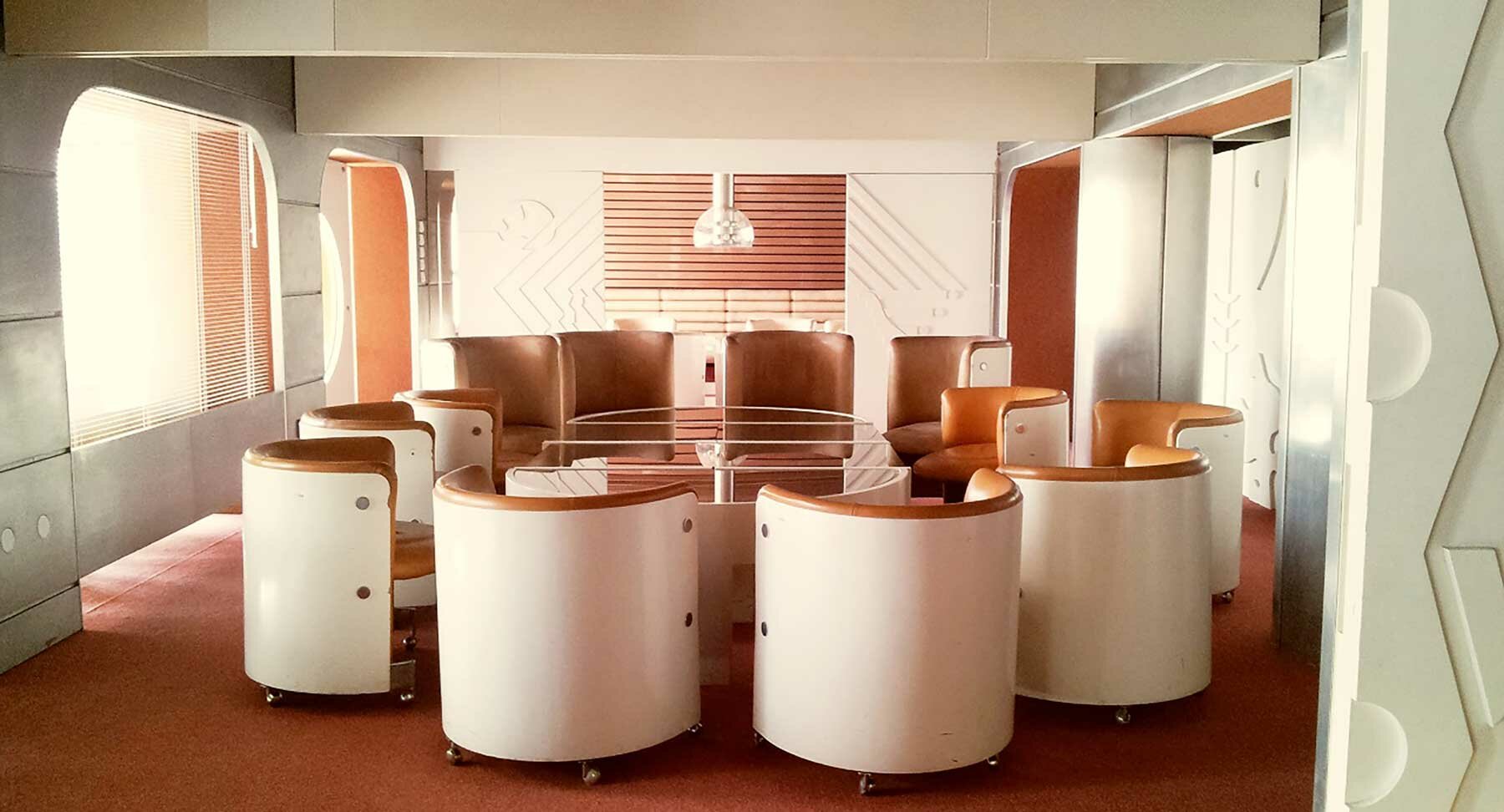
Presidential Airport Lounge, Bratislava, Slovakia, Foto/Photo: Lívia Pemáková

Retrotopia. Design for Socialist Spaces, Ausstellungsansicht, Kunstgewerbemuseum +
Kulturforum 2023, © Staatliche Museen zu Berlin / David von Becker
KEEP UP WITH OUR DAILY AND WEEKLY NEWSLETTERS
PRODUCT LIBRARY
the largest exhibition dedicated to the artist in france is now on view at the grand palais in paris, bringing together large-scale installations, sculptures, photographs, drawings, performance videos and archive documents.
from monumental murals to ephemeral installations, here are the top 10 public art projects of 2024 that shaped the year in creativity.
from art and design fairs, to public art activations and museum exhibitions, explore all the highlights taking place from december 1st — 8th.
across twelve themed galleries, the first-of-its-kind show at qatar's national museum traces the evolution of pakistan's visual arts and architectural practices over the past eighty decades.

